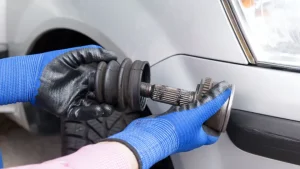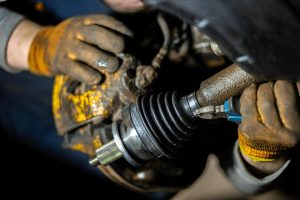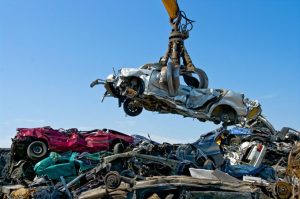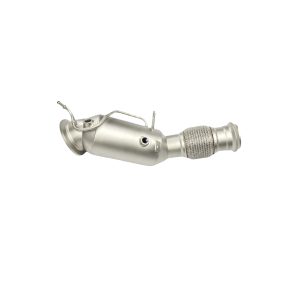CV joints transfer power from the transmission to wheels. Seizing joints produce binding and resistance during normal turns. Healthy joints maintain smooth torque transfer under all driving conditions. Understanding warning signs improves vehicle safety and handling consistently. Proper maintenance preserves joint integrity and avoids unexpected breakdowns. Acting promptly ensures predictable steering response and driveline reliability. Detecting resistance early protects suspension, axles, and connected components effectively. CV joint health is essential for safe and smooth driving daily, and timely Auto Repair in Augusta, GA helps maintain this reliability.
Binding during Turns
Binding often occurs when steering or cornering at low speed. Seized components restrict joint rotation causing noticeable resistance consistently. This resistance can strain axles and suspension parts unnecessarily. Repair or replacement restores smooth power transfer and steering response. Mechanics test for binding using slow turning and visual inspection. Healthy CV joints rotate freely while maintaining torque delivery effectively. Damaged joints increase steering effort and reduce driveline efficiency noticeably. Detecting binding early prevents sudden loss of control or vehicle damage. Smooth turns rely on properly functioning CV joints consistently and reliably.
Outer CV Joint Wear
Outer CV joints handle angular rotation during steering and cornering. Excessive wear produces clunking, vibration, and binding under load repeatedly. Noise and stiffness indicate joint damage that requires replacement immediately. Mechanics inspect outer joints visually and by rotating wheels carefully. Replacing worn outer joints restores precise wheel motion and torque transfer. Healthy outer joints maintain smooth alignment and responsive steering consistently. Damaged joints increase lateral forces on tires and suspension unnecessarily.
Inner CV Joint Issues
Inner CV joints allow axial movement along the drive shaft consistently. Worn inner joints create resistance during suspension compression and acceleration repeatedly. Repairing or replacing joints restores full axial flexibility and smooth motion. Mechanics measure inner joint travel to determine if replacement is necessary. Healthy inner joints absorb suspension movement while transmitting torque efficiently. Damaged inner joints reduce driveline efficiency and increase steering effort noticeably.
Boot Integrity and Lubrication
CV boots protect joints from dirt debris and grease loss continuously. Tears or cracks allow contaminants inside increasing friction and causing binding. Lack of lubrication accelerates internal wear and produces resistance during turns. Regular inspection ensures boots are intact and joints properly greased. Replacing damaged boots or joints restores smooth rotation and quiet operation. Proper lubrication prolongs CV joint lifespan and maintains driveline reliability effectively.
Conclusion
Binding or resistance signals severe CV joint wear immediately. Outer and inner joint issues produce torque loss and driveline inefficiency. Boot damage and lack of lubrication accelerate friction and internal wear. Early inspection prevents further damage and restores smooth vehicle operation. Repair or replacement ensures consistent torque transfer and stable driving. Proper maintenance preserves joint integrity and prevents unsafe driving consistently. Acting quickly guarantees smooth predictable turns and long-term driveline health.






More Stories
Improper Installation: Avoiding Post-Repair CV Joint Complications
Car Scrap in Singapore: How to Gain Value and Stay Compliant
Unlocking Performance: The BMW G20 / G21 330i / 330e Downpipe Upgrade